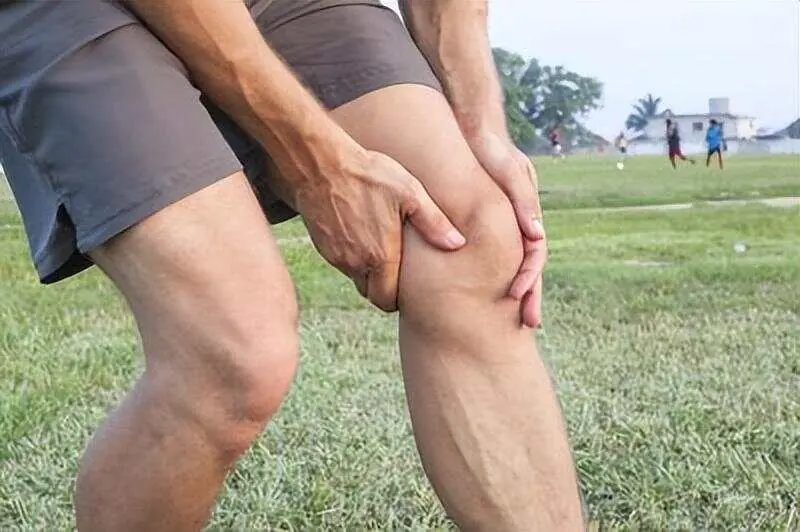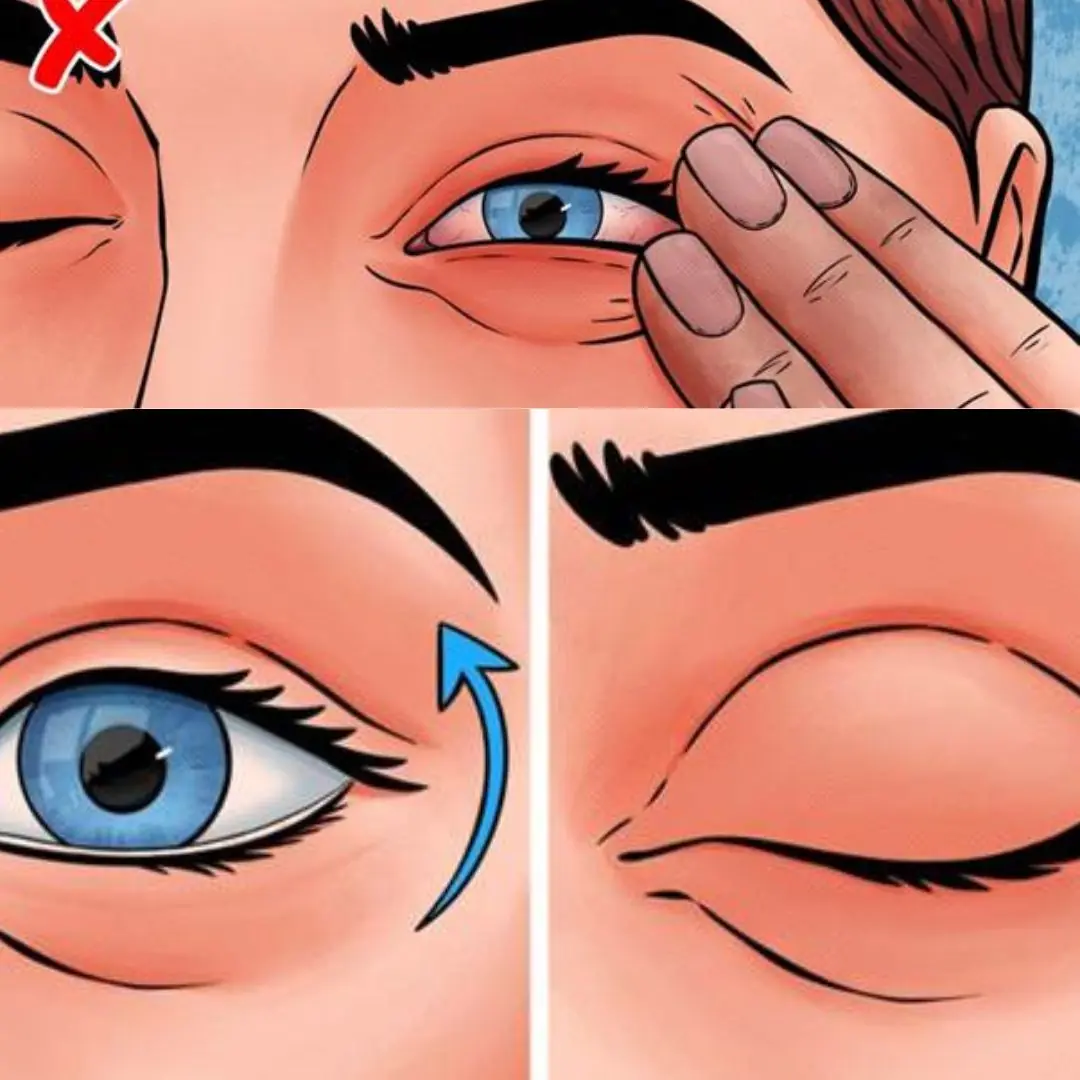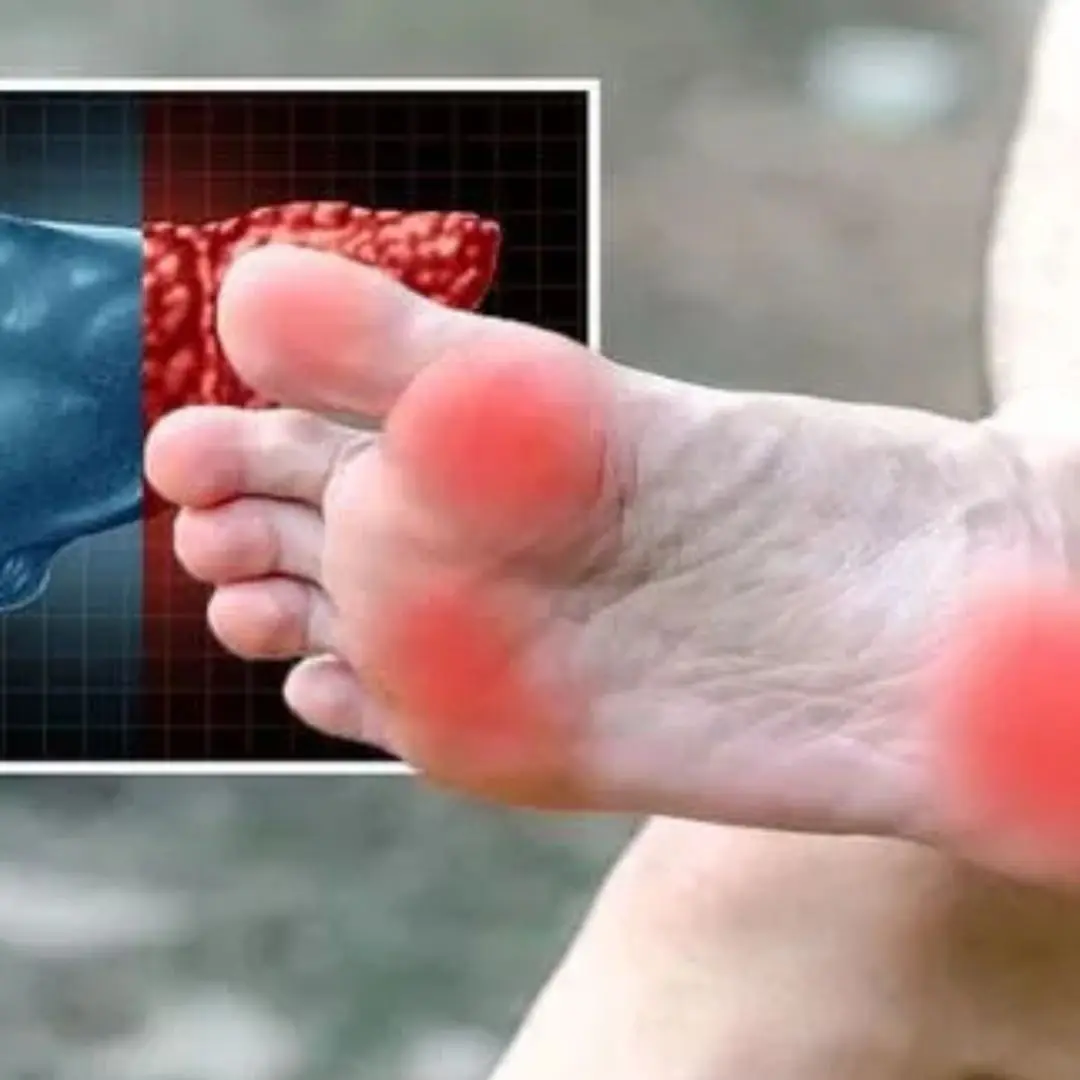The Sohu website (China) reported on the case of Mr. Tang, who is 62 years old. Mr. Tang suddenly experienced shortness of breath, and when he went to the hospital for a check-up, it was discovered that he had a pulmonary embolism. He was immediately placed in the intensive care unit.
A pulmonary embolism is a condition where the blood vessels become obstructed, making it difficult to breathe. The primary feature is the blockage of blood vessels in the lungs by a blood clot or other obstructions.
Think about how important the lungs are for us. The lungs are where gas exchange occurs, and we rely on them to inhale oxygen and exhale carbon dioxide. Therefore, when the lungs have problems, the most serious consequence can be respiratory failure.
When Mr. Tang’s family asked about the cause of his pulmonary embolism, the doctor explained that the most common cause of pulmonary embolism is blood clots forming in the deep veins of the legs or pelvis, which then travel to the lungs through the blood circulation, resulting in a pulmonary embolism.
From this, it can be seen that the legs are a part of our body that we tend to overlook, but they play a crucial role in overall health. In fact, a person’s longevity can be partly determined by the condition of their lower body. People with long lifespans tend to exhibit four characteristics in their lower body.
First, people who live longer tend to have healthy knee joints.
It is no exaggeration to say that the knee joint is the largest weight-bearing joint in the entire body. It also plays a key role when we exercise.
Without healthy knees, you simply cannot play sports like running, walking, basketball, soccer, cycling, or hiking…
It is important to take care of our knees. People who live longer tend to have healthy knees. If you are young and already have knee issues, you should be cautious.
Second, people who live longer tend to have strong legs.
As you age, if your legs remain strong, your life expectancy may be higher. The legs contain many blood vessels, nerves, and muscles. Having healthy blood vessels in the legs means smoother blood circulation, which reduces the risk of vascular diseases. Healthy nerves in the legs mean your legs will feel better, and strong leg muscles mean your legs are stronger and can move more easily.
However, if you lack any of these – if your leg blood vessels are narrowed, the nerves in your legs are weak, and you have too little muscle mass – it will be very difficult to live a long life.
Third, people with long lifespans tend to have healthy pelvic organs.
For men, the main pelvic organs are the bladder, prostate, and rectum. For women, the main pelvic organs are the ovaries, uterus, rectum, and bladder. In fact, with age, the risk of damage to these organs is very high. Many people go to the hospital for annual health checkups but overlook pelvic organ examinations.
When the pelvic organs are damaged, the risk of cancers such as bladder cancer, prostate cancer, rectal cancer, ovarian cancer, cervical cancer, and endometrial cancer increases significantly.

































